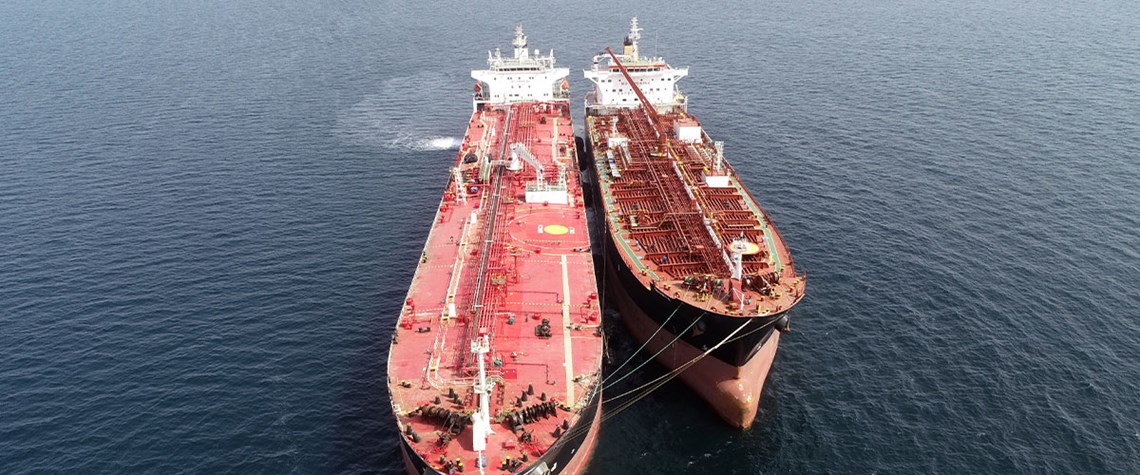Russian barrels continue to impact Iranian trade
The sanctioned countries are competing in a limited illicit market
Iranian crude and condensate exports have slowed this year amid stiff competition from sanctioned Russian barrels for both Chinese market share and access to those tankers willing to transport the illicit cargoes. Iran exported an average of 880,000bl/d in the second quarter, down from 980,000bl/d in the first three months of the year, according to data from cargo-tracking analytics firm Vortexa. Exports have declined in recent months, but logged a partial rebound in August to back up to more than 800,000bl/d. China remains the largest single buyer of Iranian crude, but the Middle Eastern country has seen its market share eroded by Russia. China imported an average of 500,000bl/d of crude fr

Also in this section
12 December 2025
The latest edition of our annual Outlook publication, titled 'The shape of energy to come: Creating unique pathways and managing shifting alliances', is available now
12 December 2025
The federal government is working with Alberta to improve the country’s access to Asian markets and reduce dependence on the US, but there are challenges to their plans
11 December 2025
The removal of the ban on oil and gas exploration and an overhaul of the system sends all the right messages for energy security, affordability and sustainability
10 December 2025
The economic and environmental cost of the seven-year exploration ban will be felt long after its removal







